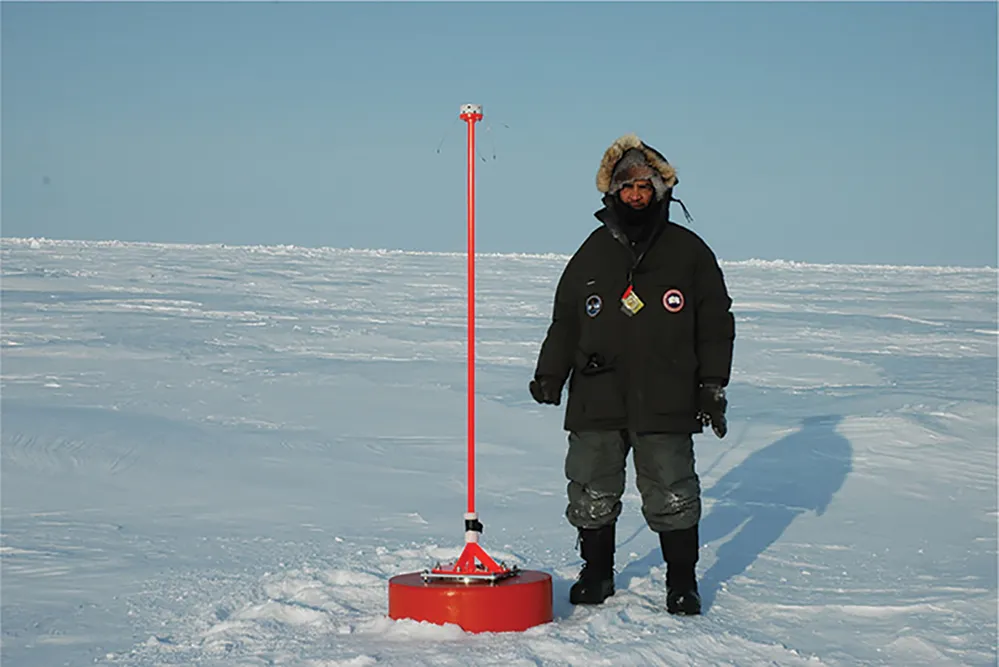
- 281 pages
- English
- ePUB (mobile friendly)
- Available on iOS & Android
Offshore Operations and Engineering
About This Book
This book provides a comprehensive understanding of each aspect of offshore operations including conventional methods of operations, emerging technologies, legislations, health, safety and environment impact of offshore operations. The book starts by coverage of notable offshore fields across the globe and the statistics of present oil production, covering all types of platforms available along with their structural details. Further, it discusses production, storage and transportation, production equipment, safety systems, automation, storage facilities and transportation. Book ends with common legislation acts and comparison of different legislation acts of major oil/gas producing nations. The book is aimed at professionals and researchers in petroleum engineering, offshore technology, subsea engineering, and Explores the engineering, technology, system, environmental, operational and legislation aspects of offshore productions systems Covers most of the subsea engineering material in a concise manner Includes legislation of major oil and gas producing nations pertaining to offshore operations (oil and gas) Incorporates case studies of major offshore operations (oil and gas) accidents and lessons learnt Discusses environment impact of offshore operations
Frequently asked questions
Information
1 Introduction to Offshore Operation
1.1 Ocean Baseline
- The normal baseline corresponds with the low-water line along the coast, including the coasts of islands. According to the Convention, a normal baseline can be drawn around low-tide elevations defined as naturally formed areas of land surrounded by and above water at low tide but submerged at high tide, provided they are wholly or partly within 12 nautical miles of the coast [1].
- Straight baselines are straight lines joining specified or discrete points on the low-water line, usually known as straight baseline endpoints. These may be used in localities where the coastline is deeply indented and cut into or where there are a fringe of islands along the coast in the immediate vicinity [1].
- Bay or river closing lines are straight lines drawn between the respective low-water marks of the natural entrance points of bays or rivers.

1.2 Ocean Environment
1.2.1 Metocean Condition and Study

1.2.2 Meteorology
- Wind analysis including speed, direction, gustiness, seasonal variance, and spectrum.
- Air temperature profiling including seasonal variance, humidity, and precipitation.
- Sea water temperature profiling from mean sea level to sea bottom including seasonal variance.
- Sea current analysis.
- Adverse weather analysis including typhoons, hurricanes, cyclones, and tsunamis.
1.2.3 Physical Oceanography
- Sea water level changes including historical, expected, and seasonal tides and wave and storm surge analysis.
- Seiches.
- Wind waves – wind seas and swells – characterized by significant wave heights and periods, as well as propagation direction and spectra (Figure 1.3).
- Bathymetry.
- Analysis of salinity, sea water temperature at different depths, and other parameters.
- Analysis of ice occurrence including extent, thickness, and strength.

1.2.4 Metocean Data
1.3 Offshore Oil and Gas Production

1.3.1 Comparison of Onshore versus Offshore Oil Production
Table of contents
- Cover
- Half Title
- Title Page
- Copyright Page
- Table of Contents
- Foreword
- Preface
- Acknowledgments
- Authors
- Chapter 1 Introduction to Offshore Operation
- Chapter 2 Offshore Structure and Design
- Chapter 3 Offshore Drilling and Completion
- Chapter 4 Offshore Oil and Gas Production and Transportation
- Chapter 5 Utilities and Support System
- Chapter 6 Deep Sea Development
- Chapter 7 Offshore Field Development
- Chapter 8 Health, Safety, and Environment in Offshore
- Chapter 9 Legislations and Regulations in Offshore Operations around the World
- Index